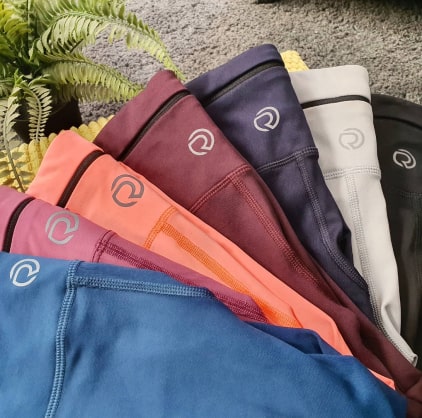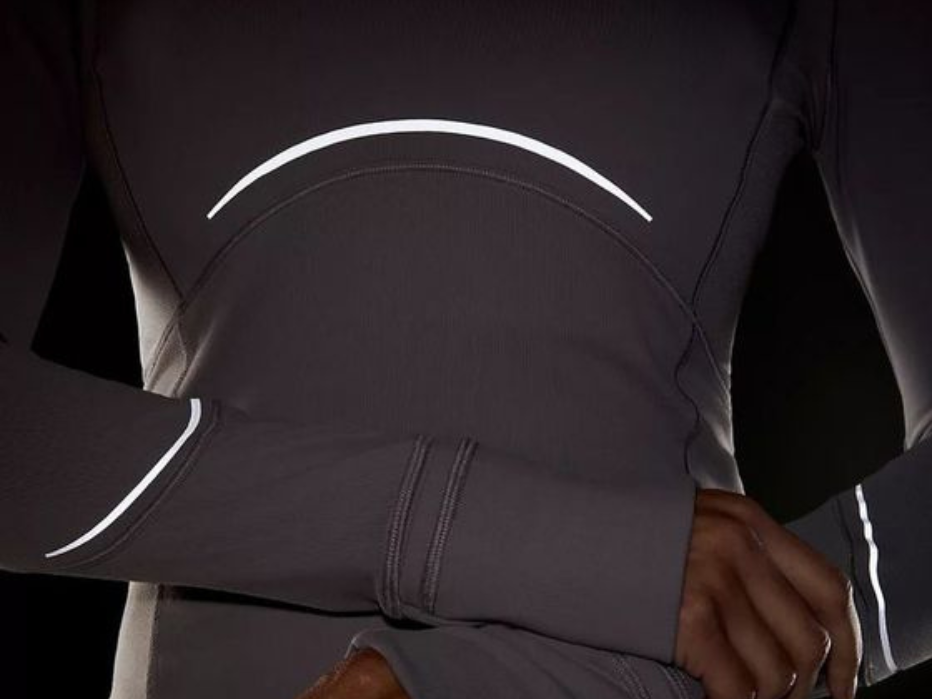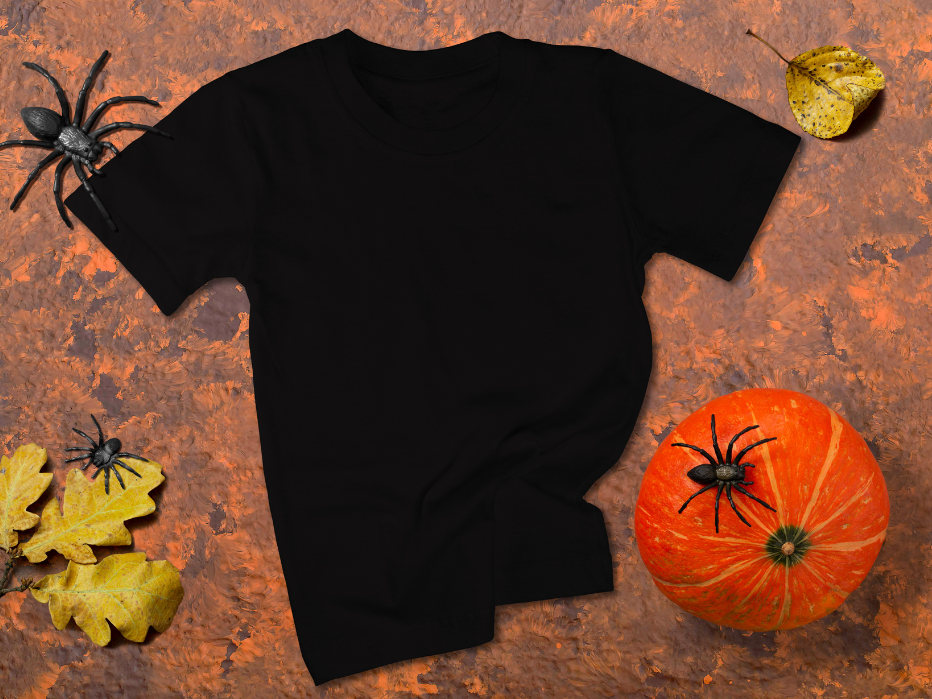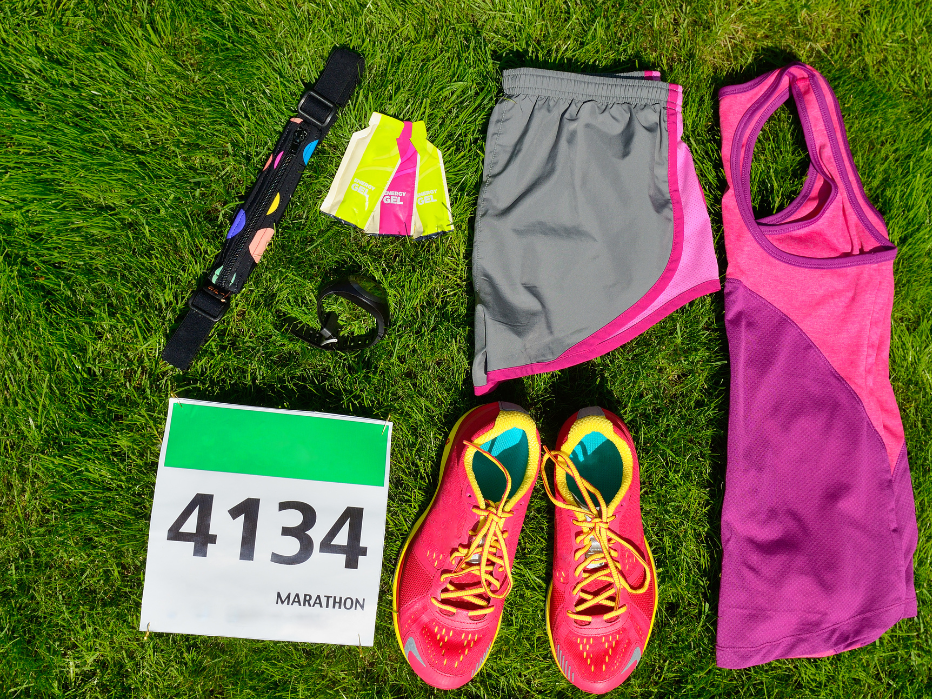A 32 year old beginner’s guide to finishing the Half Ironman.
Date
Duration
4 min read
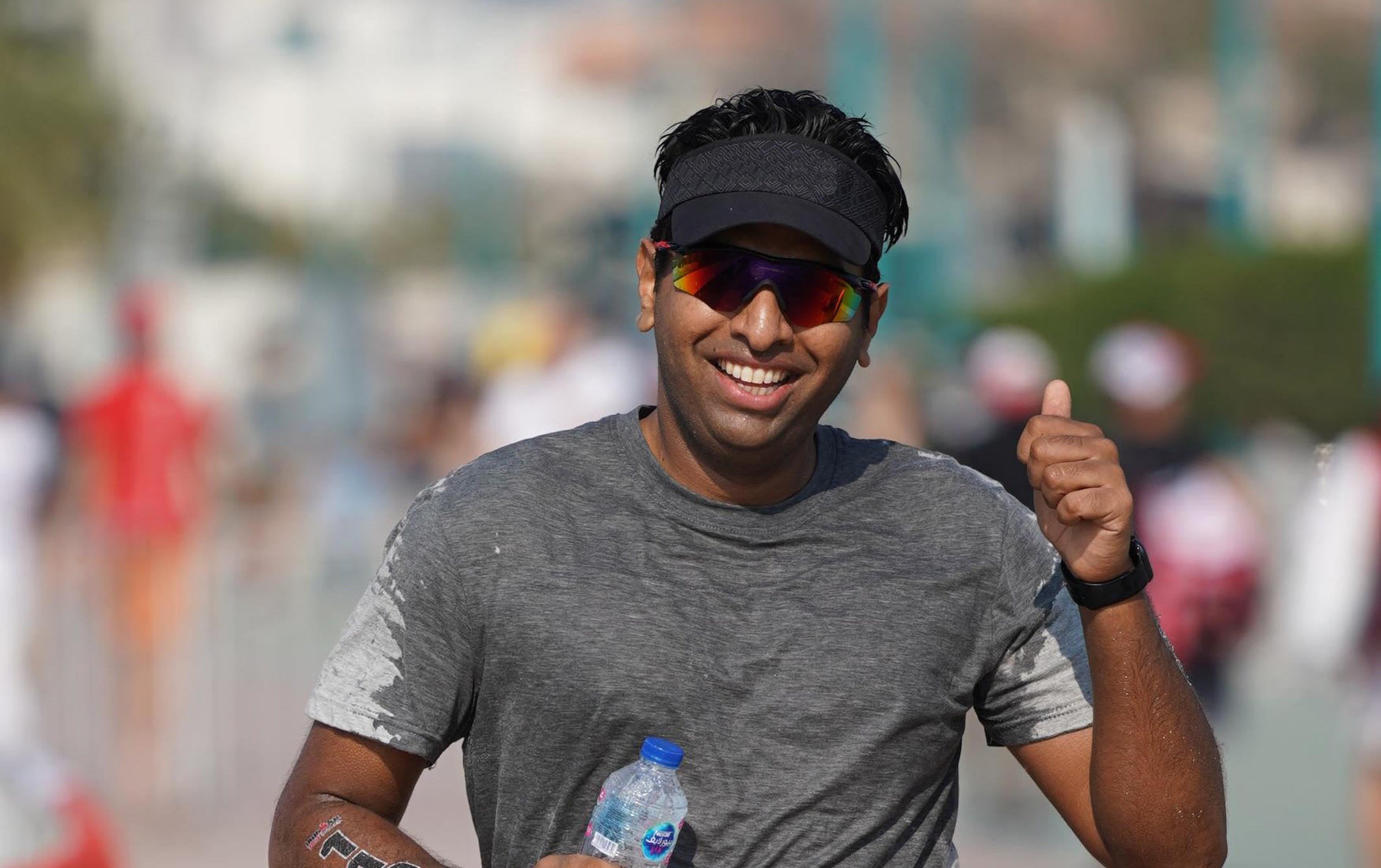
A candid interview with Dev Mehta.
The TRUEREVO editorial team recently interviewed Mr. Coolheaded, Dev Mehta, who took us through the inspiring story of how he began his triathlon journey in his thirties & was successfully able to complete the Half Ironman in less than 15 months. Here are excerpts from the candid interview.
How did it all begin?
Sport has always been an inclination for me since childhood. I was also a state-level tennis player during my school days. The first Mumbai Marathon was held in 2004 which inspired me to run my very first 21 km in 2006. I was only 18 years old and I’ve never looked back since. Over the years I ran a fair number of half and full marathons, but I was looking to challenge myself more, and therefore, in December 2018 I made the decision to train for the triathlon. When I started training, I was not sure if I would do a half iron-man, but I was enjoying the training, and about 4 months into the training I knew I wanted to go for it.
How supportive was your family?
Training for any triathlon is not only physically and mentally taxing, but also emotionally taxing as it consumes a lot of one’s personal/family life. Before I signed up my wife and I talked about the sacrifices and compromises that we would have to make for the next 10-12 months, which involved giving up weekends and Saturday nights or missing parties for the coming months. Such intense training for 13 to 14 months becomes a little overwhelming but once I’d mentally decided everything else was just a breeze.
How did the training come into play?
I had signed up for a training coach from Yoska an academy run by Deepak Raj. Most of the training was virtual. The coaches would moderate the intensity of workouts between alternate weeks which was important for injury prevention.
A week’s workout time would be 10 to 15 hours which became more intense leading up to the race.
- Monday is a rest day with a 15-minute core/strength session and a sports massage to just loosen the body.
- Tuesday to Friday would be one of the three disciplines each day. I’d have to work out twice a day - a swim in the morning and bike in the evening.
- Wednesday and Friday would include a 15-minute core/strength session.
- Saturday’s would generally be a 2-hour workout wherein I’d bike for 2 hours / 21 km
- Sundays would turn out to be a long 3-4 hour workout where I’d end up doing all the three bike run and swim.
What Diet did you follow?
Food was my Achilles heel since I’m the biggest foodie. I didn’t follow any particular diet. If I would have watched what I ate, I’d be 5 to 7 kgs lighter which would have helped my performance.
‘Game changers’ inspired me to become a vegetarian a few months before the marathon. This experiment came to be the biggest benefit as it helped in my recovery and energy levels. Eating lots of plant-based food provides additional water to one’s muscle for recovery. For high-intensity endurance athletes, this becomes a significant advantage.
Describe the Dubai triathlon
The landscape in Dubai is a mostly flat ground that allows the run and the bike ride to be much easier. That’s why it became my primary choice. However, the biggest challenge was the water. Not only was it choppy and misty but also we were warned about February being jellyfish season. Fortunately, I didn’t have any encounters. 40 minutes became my record time to finish the swim. While towards the end, I started cramping on my bike and 4 to 5 k into the run. At that point, the only thing that was running in my head like reel was, ‘you just have to finish it ‘. It was my first race and my head-space helped me pushed through.

Was the physical training or the mental focus part challenging?
My head-space was the same as a week before the race, a feeling like taking a board exam after training hard and for so long, I just wanted it to start. The mental game is the real kicker and a good 80 percent of the game won once you’ve decided in your head. You not only have to be mentally prepared to finish the race but you have to mentally prepare to also physically train to do the race and compromise and sacrifice all the good things in life.
What was your choice of clothing during the race?
As a personal favorite, I chose the cotton t-shirts over the dry fits which allowed me to breathe more. That’s why I chose TRUEREVO cotton t-shirts because it doesn’t stick to my body. I normally wear only TRUEREVO cotton while working out.
What’s next for you?
I’m still just a beginner and definitely will have more runs down the lane. I’m looking forward to the Goa ironman which depends upon the COVID situation. I might not be completely ready for the full ironman at the moment but hardcore training with passion will always be an ongoing process.
-Mirali Amin Shah
TRUEREVO is a functional sportswear brand that sells running, training & sports T-shirts, shorts, tracks, leggings & much more.
https://www.truerevo.com/


